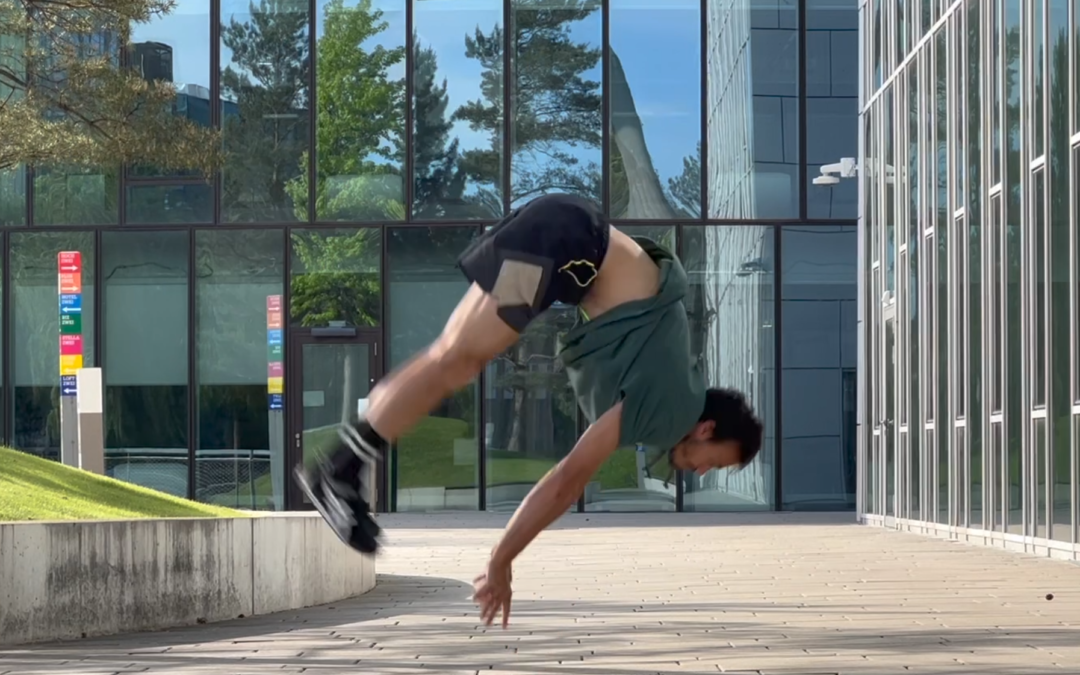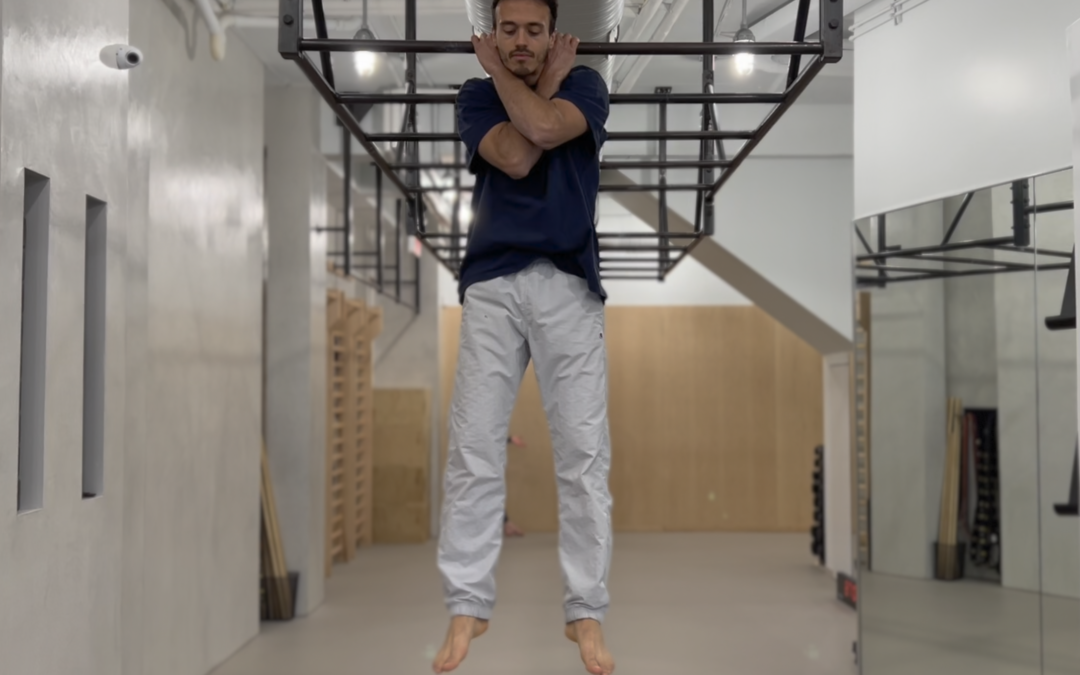
Movement in water protocol
Water is the most widespread element on earth, and it wouldn’t make sense for a movement practice not to consider that. Here are a few points that I use as foundational in my reasoning to why I wish to have it as part of the projects of my school.
Why movement in water?
Availability
It widely responds to the availability principle and makes an immersion into this body of work possible for everyone at any time. Multiple swimming pools are present in most cities on earth, often at low prices. When travelling or on holidays we can end up close to rivers, lakes, sea, ocean and take advantage of those. To not use the opportunity but search for a gym to practice in those occasions is diabolic to say the least: we have to embrace the habit to use what’s there. On top of it the gear needed to get started is minimal: goggles, swimming suit and you are ready to go.
Spring sourcing
Another interesting facet of this material is that it addresses our root environment. Knowing that our own form and structure has heritages in those realms is very important not only “romantically” but practically. From an evolutionary perspective in fact, no part of us is ever cancelled but rather, it gets specialized, refined, and differentiated. So, both on the level of sensory intake and motor control there is a lot to take there. It allows us to apply and cross test qualities like sequencing movements to produce thrusts and drives, simultaneous concertation of body parts to float and turn, continuous coordination to ensure smooth slipping through the water, leveraging of hard-wired reflexes to achieve deep states of relaxation and nervous system rebalance. And the same systems are used in a variety of other settings.
Accountability and progress
Unless you learn how to sense it right, scoop it correctly, lengthen through it, develop your skills in accordance with it, water will simply sink you down as it would with solid rock: I like that accountability! Risk is the best technology for learning. Being always too safe leads to minimal progress. These controllable threats are important mediums that allow us to deal with the various faces of fear, and therefore help us understand how to manage it when it comes visit our life: making it not an unsurmountable problem but a necessary hurdle to overcome with calm understanding. Fear from oxygen deprivation in particular is a big one: both within the single session and long term. It continues to hunt us throughout our life even if many are unaware of it. Many times, undifferentiated forms of anxiety and distress emerge from low levels of CO2 tolerance, overly tuned sympathetic nervous system and wrong breathing mechanics – all this is addressed in progressive underwater immersions. On the other hand, fear of falling in acrobatics maneuvers can be addressed more easily than on the ground, since the consequences of failing a small dive are lower than on a hard surface.
Complexity
We spend most of our days anchored to the ground. That means that a lot of whole-body movements are greatly limited in terms of degrees of freedom. It is possible to take off and leap in the air, but gravity places an intense constraint and airtime is always minimal. Hence complex stochastic motions and combinations of rotations on various planes are limited.
This problem is nonexistent in water, since it’s a denser fluid we can just float in it and study all our possible changes of configurations as if we were in absence of external forces acting on us. The variety of skills learned, the better retuned vestibular system, the understanding of proprioception in inverted positions will all transfer to land. At the end of the day, the settings may change, but you are always with yourself. So do things right and smartly and you will be able to continue your same investigation and growth in different paths of the same forest.
Now, let’s get to practice.

Water protocol 1
A. Dives x 10 dives each
A1. Forward
A2. Sideways
A3. Backwards
Goal. Taking off the standing variation. Focus on being able to enter the water without losing your shape – don’t splash and thrash.
B. Floating drills x 1-2 minutes x 3 macro sets / rest 1 minute after each round
B1. Scissors
B2. Straddles
B3. Egg beater
Goal. Working with 2 minutes each without the use of the arms.
C. Navigation styles x 20-40 strokes per type / rest 1.5 min after each round
C1. Crocodile arms
C2. Crocodile legs
C3. Crocodile style
C4. Dolphin arms
C5. Dolphin legs
C6. Dolphin style
Goal. Demonstrate proficiency in the crocodile and dolphin variation, clear thrust, and recovery phase. Working with 40 reps totals each and at least 10 in each subset.
See down here for a visual reference of the exercises:
That, it for today. Wish you to float in your days smart as a dolphin and wise as a whale!
Until next time,
Marcello.






Recent Comments